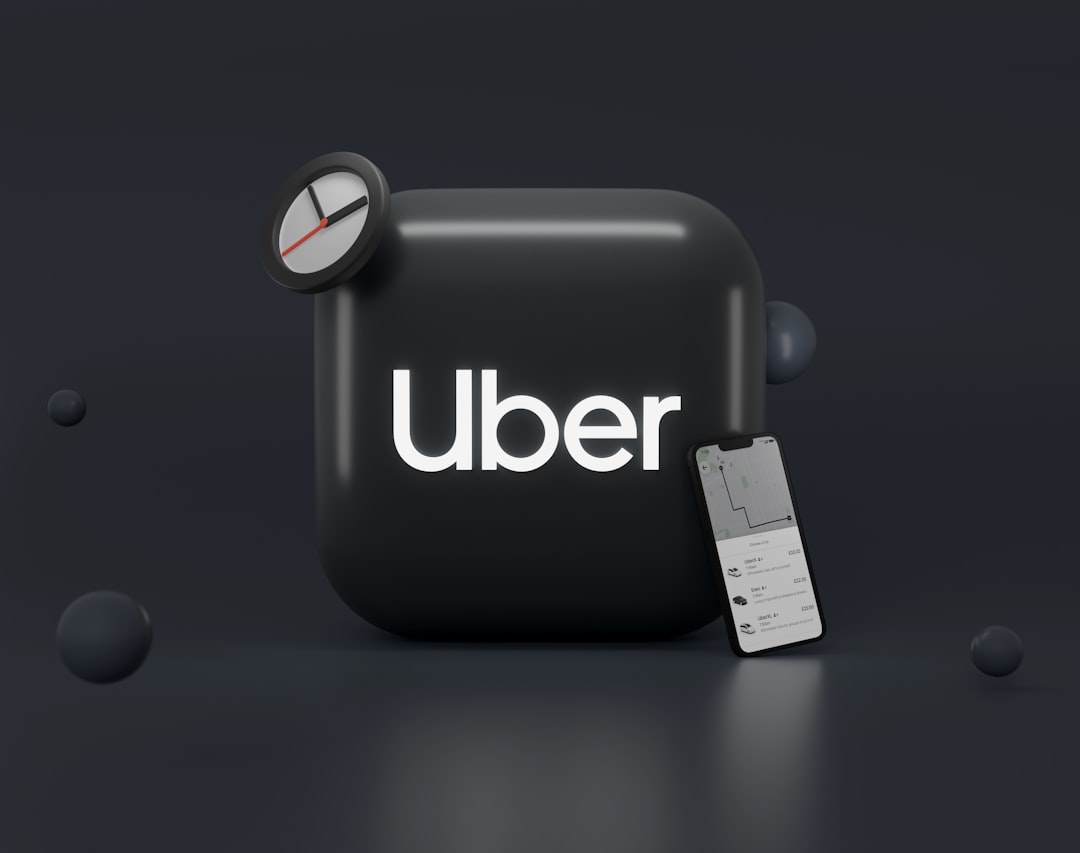🚦 Uber: In the driver's seat
Can we find great unit economics under the hood?
Hello there! 👋
Greetings from San Francisco!
Welcome to the thousand of new members who have joined the How They Make Money community since our launch just a month ago!
Uber (UBER) recently reported its Q3 FY22 earnings report.
Today, we’ll cover the following:

Uber offers interconnected apps to go anywhere or get anything.
The company uses a massive network to power movement from point A to point B. The business was on a positive trajectory at the end of 2019 but was upended by the global pandemic.
The platform connects:
🙋♀️ Riders with Drivers 🚗.
😋 Eaters with Couriers 🛵.
→ Riders/Eaters are the end users of the service.
→ Drivers/Couriers are earning a living on the platform.
Before we start, let’s discuss how Uber makes money:
Gross Bookings: The total dollar value spent by end users on Uber apps (excluding tips). It gives a sense of the scale of the platform.
Uber’s take rate is a percentage % of Gross Bookings for facilitating the connection between end users and Drivers/Couriers.
Revenue is based on Uber’s take rate multiplied by Gross Bookings.
There are three main revenue segments:
🚗 Mobility: Ridesharing.
~47% of overall gross bookings.
~28% take rate.
🛵 Delivery: Pick-up or delivery of food, grocery, and more.
~47% of overall gross bookings.
~20% take rate.
🚚 Freight: Logistics, connecting carriers with shippers
~6% of overall gross bookings.
100% take rate.
Uber’s revenue is already net of Driver and Merchant earnings. The take rate can fluctuate based on incentives or discounts over time.
Costs and expenses include:
Cost of revenue: Insurance cost, payment processing fees, data centers and networking expenses, and some delivery costs. The company presents depreciation and amortization separately from the cost of revenue.
Operations and support: Employee-related costs for community support, customer relations, driver background checks, and other corporate expenses.


